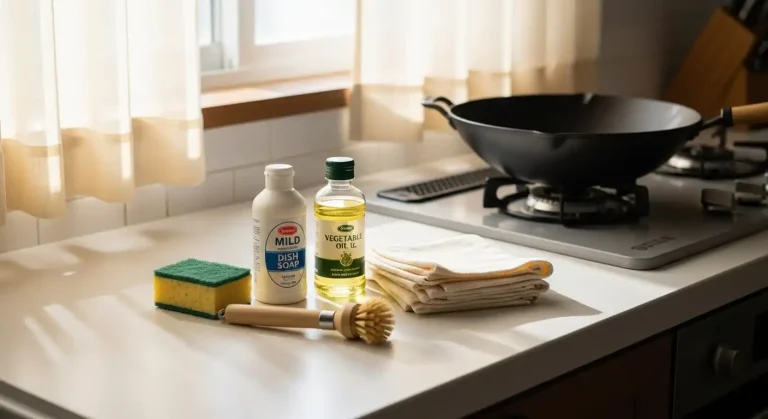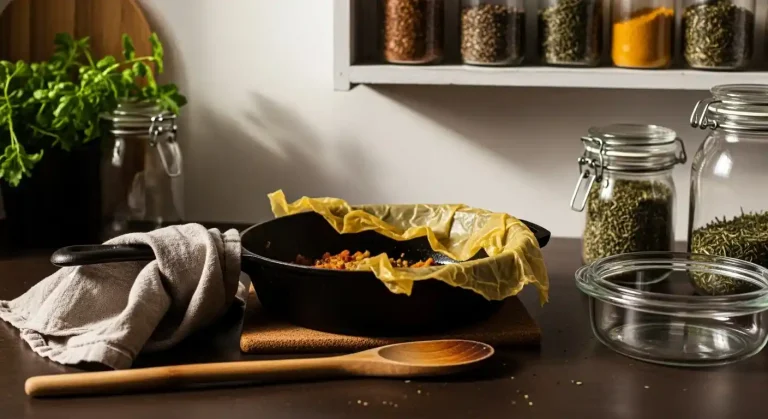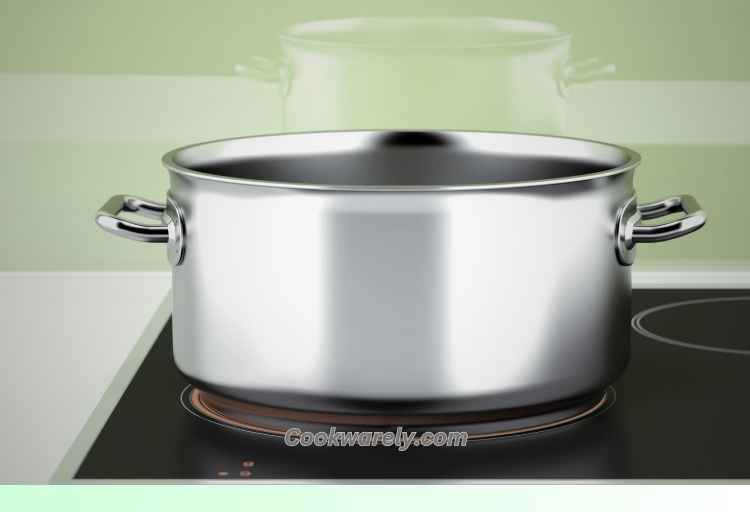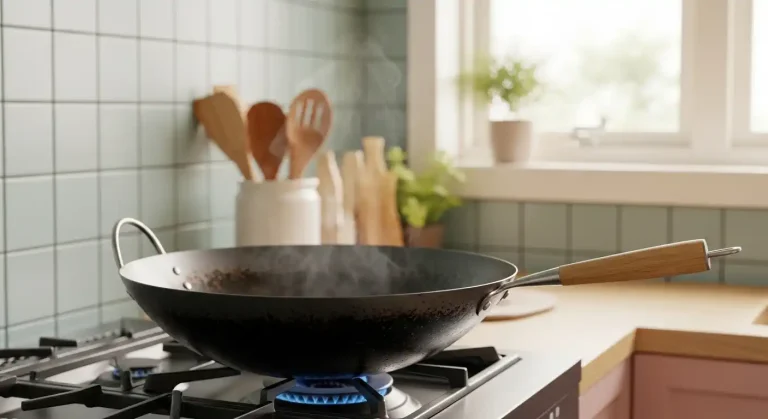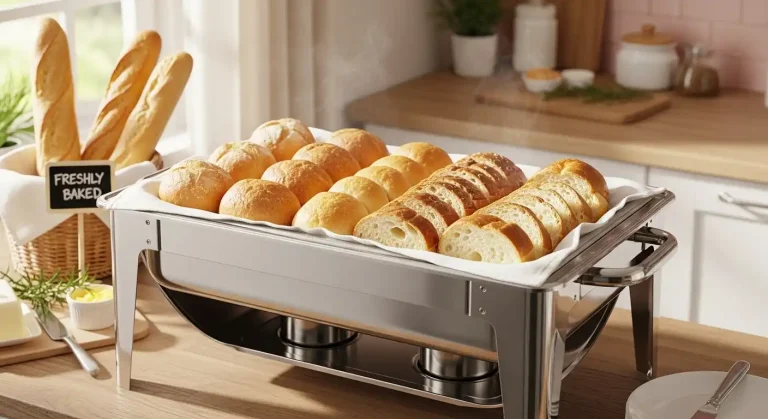Dutch Oven Vs Slow Cooker: Which Is Right for Your Kitchen?
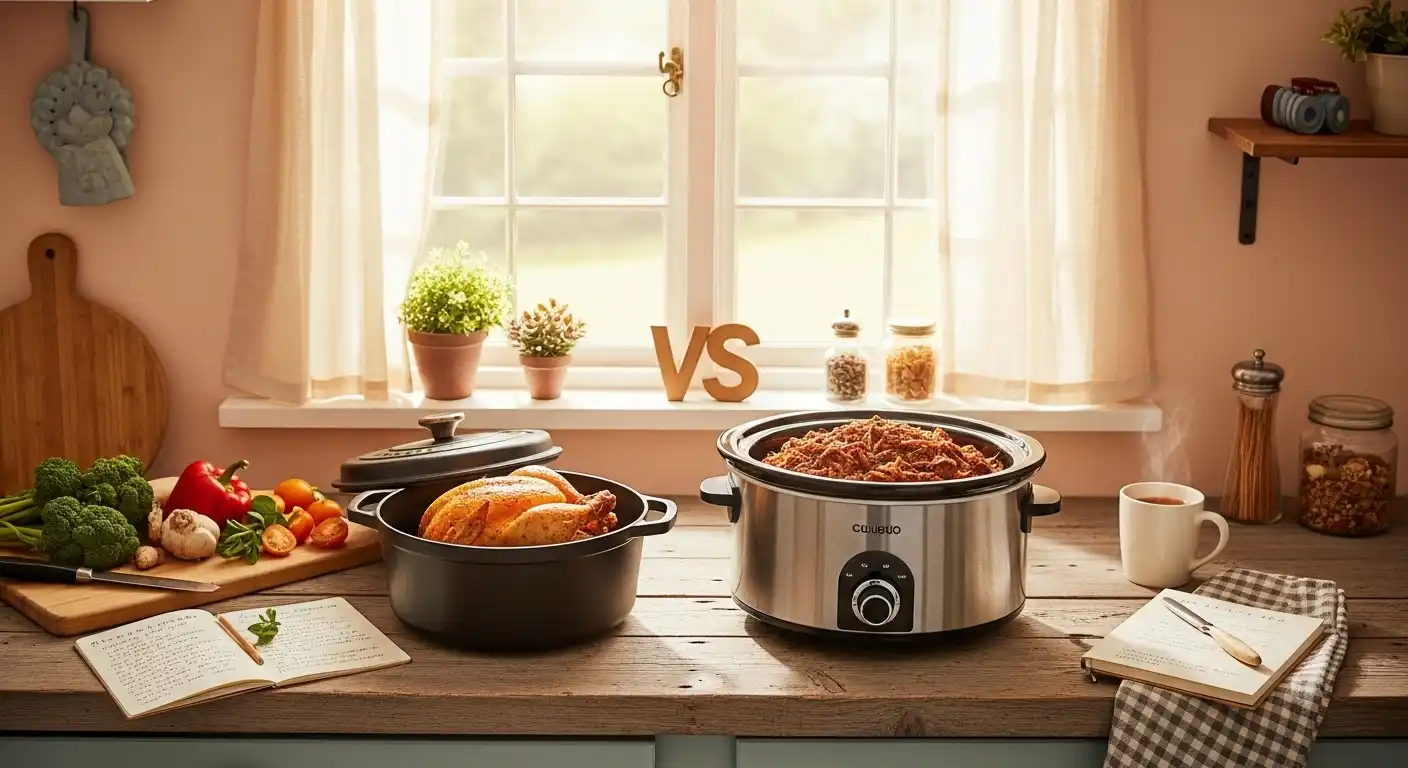
When it comes to preparing hearty, flavorful meals, two kitchen powerhouses often come to mind: the Dutch oven and the slow cooker.
Both are beloved for their ability to transform simple ingredients into mouthwatering dishes, but they serve different purposes and shine in distinct scenarios.
Whether you’re a home cook looking to braise, roast, or simmer, choosing between a Dutch oven and a slow cooker can feel like a culinary crossroads.
In this post, we’ll break down the key differences, benefits, and limitations of each to help you decide which is best for your cooking style.
🎄 Christmas & Year-End Amazon Deals !
Don’t miss out on the best discounts and top-rated products available right now!
*As an Amazon Associate, I earn from qualifying purchases.
What Is a Dutch Oven?
A Dutch oven is a heavy, lidded pot typically made of cast iron or enameled cast iron.
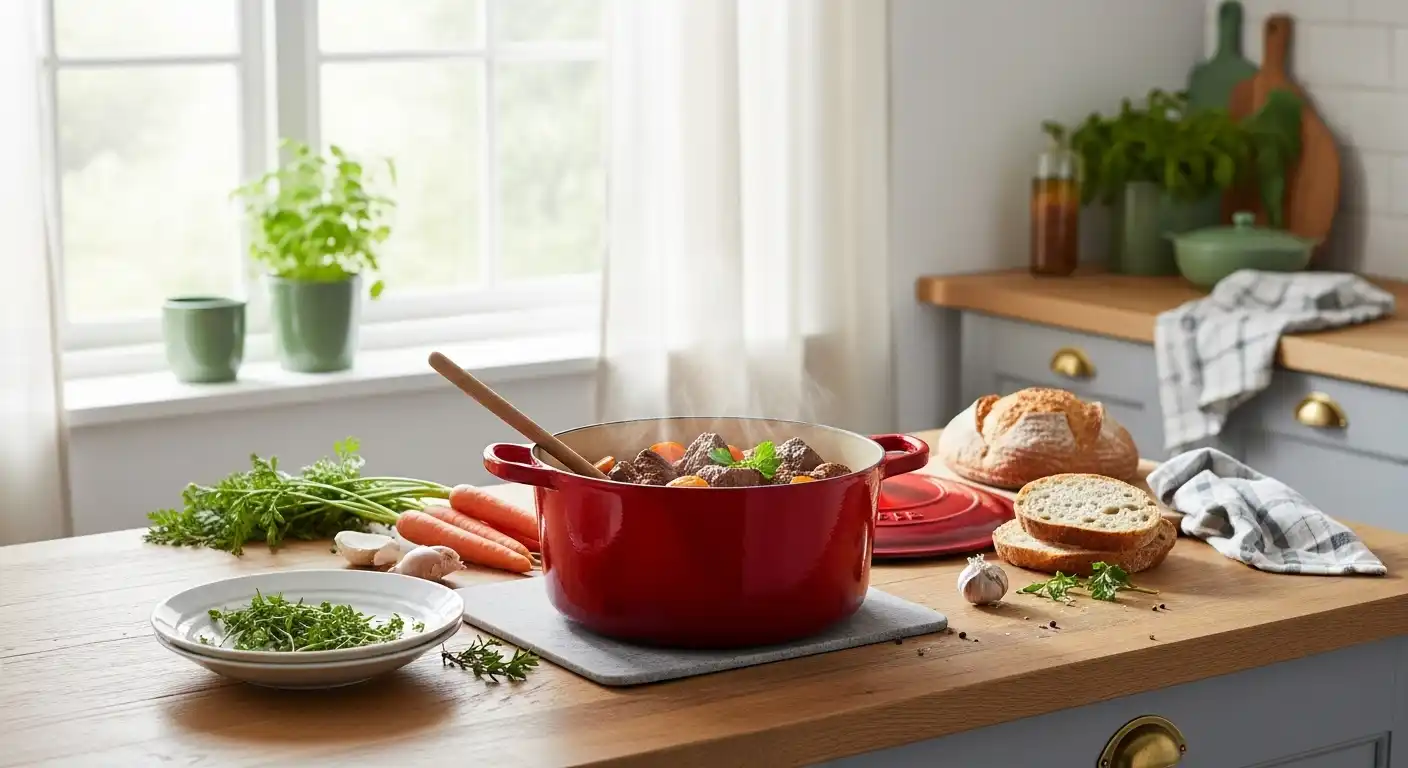
Its thick walls and tight-fitting lid make it ideal for retaining heat and moisture, perfect for slow-cooking dishes like stews, roasts, and even baking artisan bread.
This versatile cookware can be used on the stovetop, in the oven, or even over a campfire.
Its durability and ability to distribute heat evenly make it a favorite among chefs and home cooks alike.
However, Dutch ovens require some maintenance, especially cast iron models, which need proper seasoning to prevent rust and maintain their non-stick surface.
What Is a Slow Cooker?
A slow cooker, often referred to as a Crock-Pot (a popular brand), is an electric appliance designed for hands-off cooking.
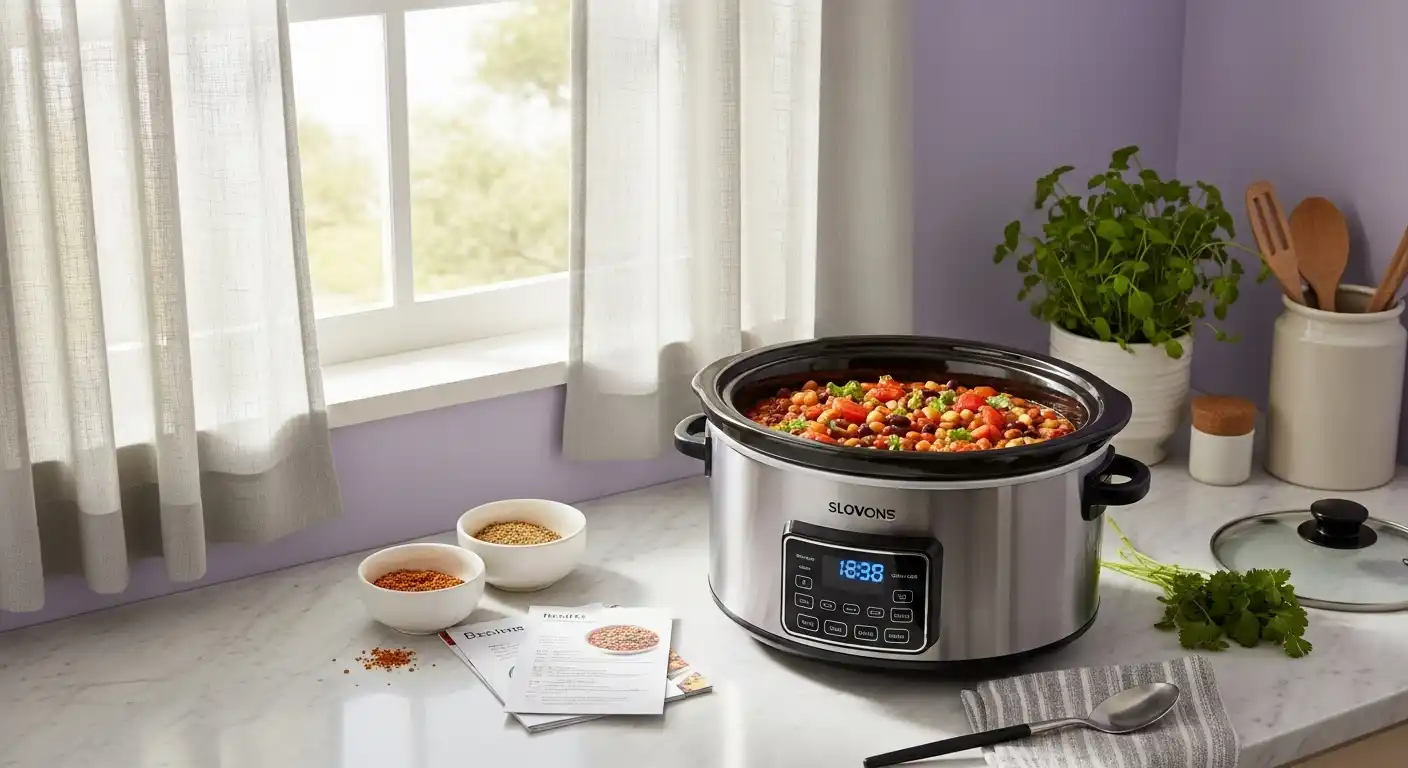
You simply add ingredients, set the temperature, and let it work its magic over several hours. It’s a go-to for busy individuals who want to come home to a hot meal.
Slow cookers are excellent for dishes like chili, soups, and pulled pork, where low, consistent heat tenderizes tough cuts of meat and melds flavors.
Unlike Dutch ovens, slow cookers are limited to low-temperature cooking and cannot be used for high-heat methods like searing or roasting.
Dutch Oven Vs Slow Cooker: Key Differences
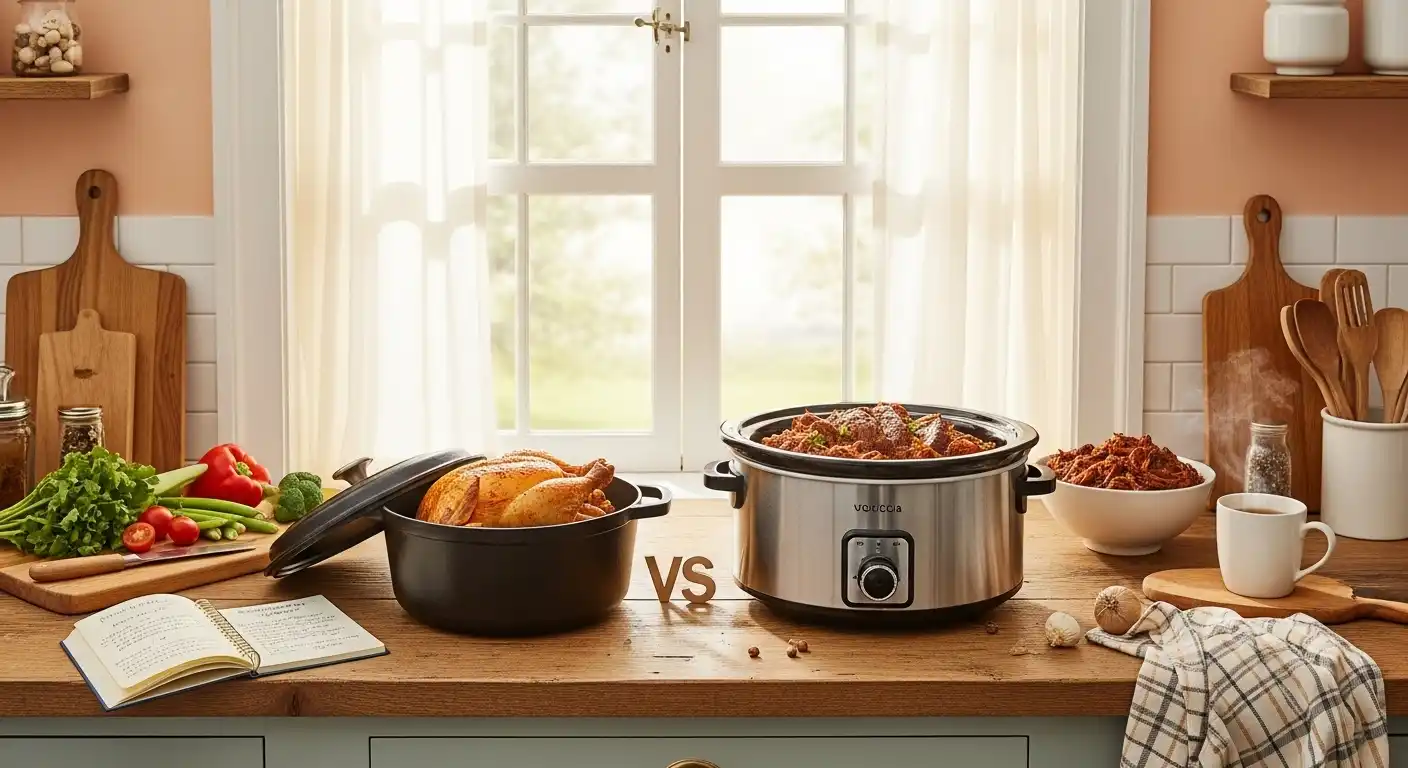
When comparing a Dutch oven vs slow cooker, the main differences come down to versatility, cooking methods, and ease of use. Let’s dive into the specifics.
Versatility
A Dutch oven is a multi-tasker. It can sear, braise, roast, bake, and even fry.
You can start a dish on the stovetop to brown meat and finish it in the oven for even cooking.
This makes it ideal for recipes that require multiple cooking techniques.
In contrast, a slow cooker is designed for one primary function: low-and-slow cooking.
🎄 Christmas & Year-End Amazon Deals !
Don’t miss out on the best discounts and top-rated products available right now!
*As an Amazon Associate, I earn from qualifying purchases.
It’s not suitable for high-heat methods or baking, which limits its range compared to a Dutch oven.
For example, if you’re making a roast, a Dutch oven allows you to sear the meat for a flavorful crust before slow-cooking it, while a slow cooker skips the searing step entirely.
Cooking Methods
Dutch ovens excel in both stovetop and oven environments.
Their ability to withstand high temperatures makes them perfect for recipes that require browning, caramelizing, or baking.
You can even use them for casseroles or deep-frying.
Slow cookers, on the other hand, are limited to simmering at low temperatures (typically 190°F to 210°F).
This makes them ideal for hands-off recipes but less suitable for dishes that need a crispy or browned finish.
If you’re looking to replicate restaurant-style braised short ribs, a Dutch oven’s ability to sear and then slow-cook in the oven gives it an edge.
A slow cooker, however, is unbeatable for set-it-and-forget-it convenience.
Ease of Use
Slow cookers are the champions of convenience. Add your ingredients, select a setting (low, high, or warm), and walk away.
Many models have programmable timers, so you can set it in the morning and return to a fully cooked meal.
Dutch ovens require more hands-on attention. You’ll need to monitor heat levels, especially when transitioning from stovetop to oven.
🎄 Christmas & Year-End Amazon Deals !
Don’t miss out on the best discounts and top-rated products available right now!
*As an Amazon Associate, I earn from qualifying purchases.
They’re also heavier and can be trickier to clean, particularly if you’re dealing with an enamel Dutch oven.
For busy cooks, the slow cooker’s simplicity is hard to beat, but the Dutch oven offers greater control over the cooking process.
Heat Distribution and Cooking Results
Both appliances are designed for slow cooking, but their heat distribution differs significantly.
A Dutch oven’s thick walls ensure even heat distribution, which is crucial for consistent results in dishes like stews or braised meats.
Slow cookers, while reliable, may have hot spots depending on the model, which can lead to uneven cooking.
However, modern slow cookers are designed to minimize this issue.
The Dutch oven’s ability to retain heat also makes it better for recipes that need to hold a steady temperature, like when baking bread.
Maintenance and Care
Maintaining a Dutch oven depends on its material.
Cast iron Dutch ovens, like those from Lodge, require regular seasoning to prevent rust and maintain their non-stick surface.
Enameled Dutch ovens are easier to clean but may chip if mishandled.
Slow cookers are low-maintenance. The removable ceramic or metal insert is usually dishwasher-safe, and the appliance itself requires minimal upkeep beyond wiping it down.
If you’re concerned about cleaning, check out our guide on cleaning a Dutch oven for tips on keeping it in top shape.
🎄 Christmas & Year-End Amazon Deals !
Don’t miss out on the best discounts and top-rated products available right now!
*As an Amazon Associate, I earn from qualifying purchases.
Time and Energy Efficiency
Slow cookers are designed for long cooking times, often 6–8 hours on low or 3–4 hours on high.
They use minimal electricity, making them energy-efficient for extended use.
Dutch ovens, when used on the stovetop or in the oven, may consume more energy, especially for high-heat cooking.
However, their versatility means you can complete some recipes faster by combining cooking methods.
For example, a Dutch oven can braise a pot roast in about 3 hours in the oven, while a slow cooker might take 6–8 hours for similar results.
Cost Considerations
Dutch ovens vary widely in price.
A high-quality enameled Dutch oven can cost $100–$400, while cast iron models are often more affordable, starting at around $50.
Their durability makes them a long-term investment.
Slow cookers are generally cheaper, with basic models starting at $20–$50 and high-end programmable versions costing up to $150.
They’re an accessible option for budget-conscious cooks.
If you’re debating between a Dutch oven vs Crock-Pot, consider how often you’ll use the appliance and whether versatility or convenience is more important to you.
Ideal Use Cases
The Dutch oven shines in recipes that benefit from high heat or multi-step cooking.
🎄 Christmas & Year-End Amazon Deals !
Don’t miss out on the best discounts and top-rated products available right now!
*As an Amazon Associate, I earn from qualifying purchases.
Think braised lamb shanks, coq au vin, or even homemade bread. It’s also a great choice for outdoor cooking, like camping.
Slow cookers are perfect for hands-off meals, such as soups, stews, or overnight oatmeal.
They’re ideal for busy families or anyone who wants to prep dinner in the morning and have it ready by evening.
If you’re cooking for a family of four, either option can work, but the Dutch oven offers more flexibility for diverse recipes.
Can You Substitute One for the Other?
While both appliances excel at slow cooking, they’re not always interchangeable.
A Dutch oven can replicate most slow cooker recipes, but the reverse isn’t true. For instance, you can’t bake or sear in a slow cooker.
If you don’t have a Dutch oven, check out our guide on substitutes for a Dutch oven to find alternatives for specific recipes.
Dutch Oven Vs Slow Cooker: Which Should You Choose?
Ultimately, the choice between a Dutch oven and a slow cooker depends on your cooking style and needs.
If you value versatility, enjoy experimenting with different techniques, and don’t mind a bit of hands-on work, a Dutch oven is the way to go.
It’s a kitchen workhorse that can handle everything from soups to roasts to desserts.
If convenience and simplicity are your priorities, a slow cooker is your best bet.
It’s perfect for busy schedules and delivers reliable results with minimal effort.
For those torn between the two, you might even consider owning both.
A cast iron Dutch oven can handle high-heat tasks, while a slow cooker takes care of weeknight dinners.
🎄 Christmas & Year-End Amazon Deals !
Don’t miss out on the best discounts and top-rated products available right now!
*As an Amazon Associate, I earn from qualifying purchases.
Final Thoughts
The debate of Dutch oven vs slow cooker isn’t about which is better—it’s about which fits your lifestyle.
Both appliances have their strengths, and understanding their differences can help you make an informed choice.
Whether you’re braising a roast in a Dutch oven or letting a slow cooker simmer a hearty chili, both can elevate your home cooking.
Ready to explore more? Learn about Dutch oven vs Instant Pot or discover if Dutch oven lids are oven-safe to expand your culinary toolkit.


